

[HOME] [WEB ALBUMS] [PROJECTS] [ARCHIVE] [DOWNLOADS] [LINKS]
PROJECTS
Project MK30: Gamma ray or Muon telescope
Gamma ray's are considered both electro magnetic waves, or primary particles ejected by mainly super nova explosions. Cosmic ray - Wikipedia
Traveling at almost the speed of light they slam into the molecules of our atmosphere. Here they can break up the cores of the molecules with a force greater than the Large Hadron Collider.
Most of the broken up cores particles consist of muons which, when head on collided also will travel at almost the speed of light, and traveling in the same direction as the incoming 'gamma-ray'. Muon - Wikipedia
The chain reaction event from one incoming gamma-ray is called air shower. Air shower (physics) - Wikipedia
It is estimated that about 10000 muons /m^2/minute are reaching the earth surface.
Very good air shower simulations and instruments can be found here. Air shower simulations
Attanasio_Elettronica
Carla_Messaggeri
Paolo_Interesse_Muoni
Medical research shows that "heritability, lifestyle, environmental factors, and muon radiation together likely determine 100% of the risk for
disease. muons and DNA--nihms-1857899.pdf
So, it is interesting to know where the gamma rays are coming from.
We have build a muon telescope with 4 pancake Geiger tubes.
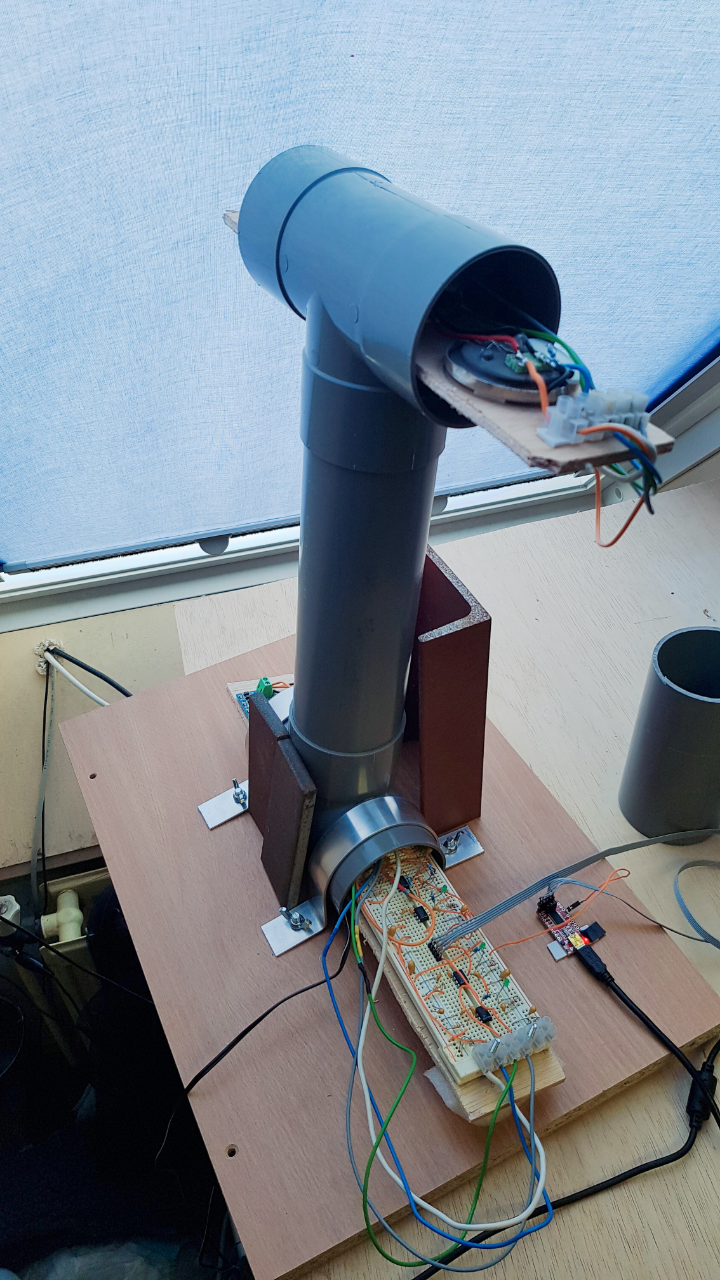
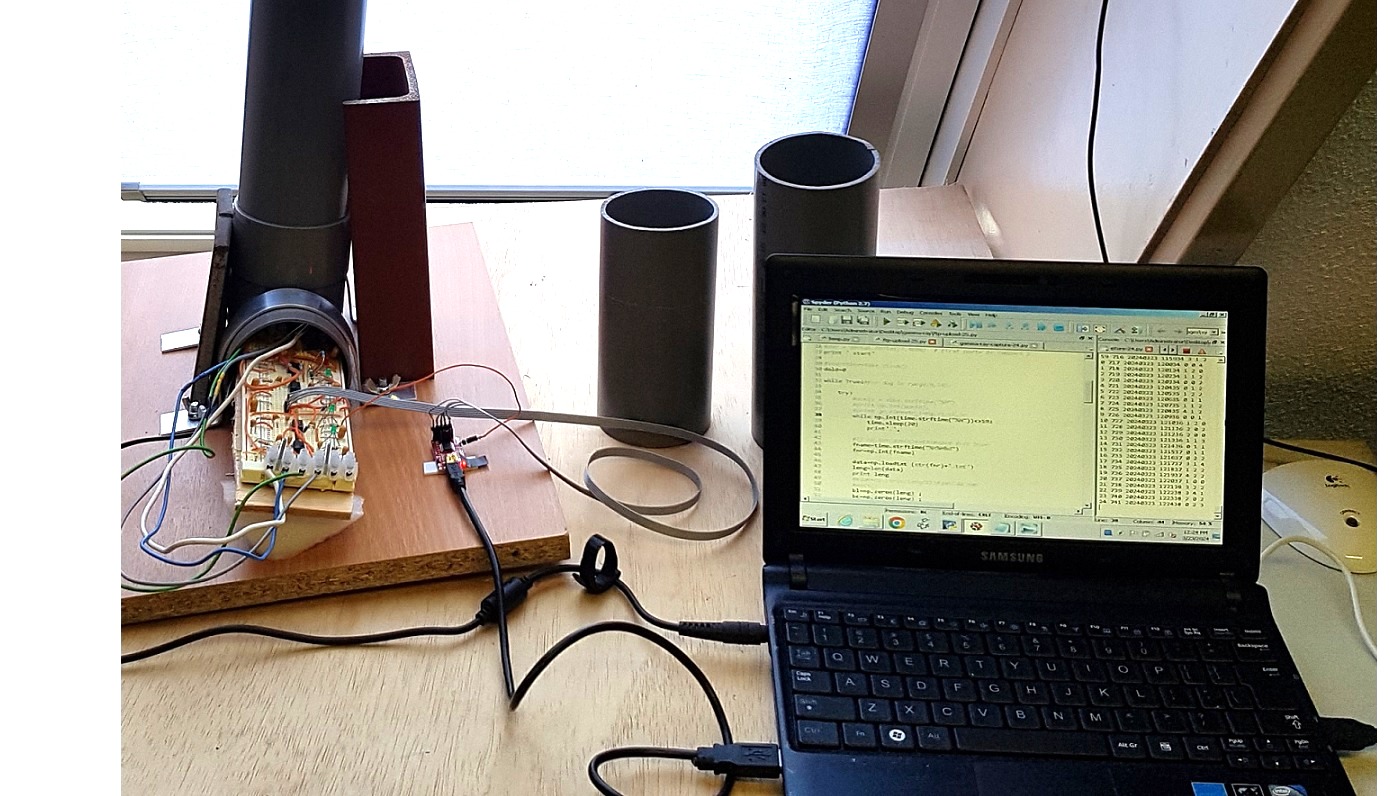
The sensors are on two 30cm distance levels. There is one on ground level (a) and 3 on the top level (b,c,d).
We have now 3 beams when combining tubes a and b, a and c, and a and d. Although all clicks from each tube could be recorded, we want to get the direction where the ray's are coming from. We can do that by validating only the event when two tubes in a set are tripping at the same time.
So for instance a coincidence of tube a and tube b designated the left beam (bl) is marked as one valid count. All other clicks are ignored. Like wise for the central beam (bc) and the right beam (br).
Because of the tube diameter and the 30cm distance we get 3 non overlapping beams of 16deg.
Description of the setup.
The 4 tubes are fed with 350V dc. Sensor output is connected via a 1MOhm resistor to the base of a transistor.
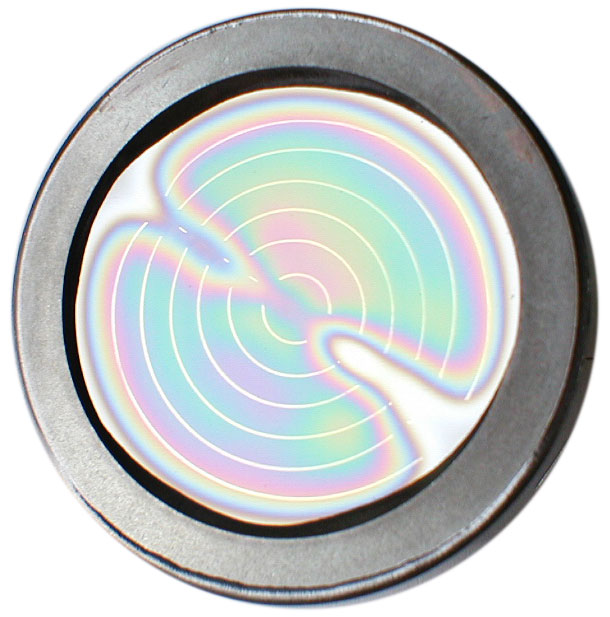 geiger-1
geiger-1
 geiger-2
geiger-2
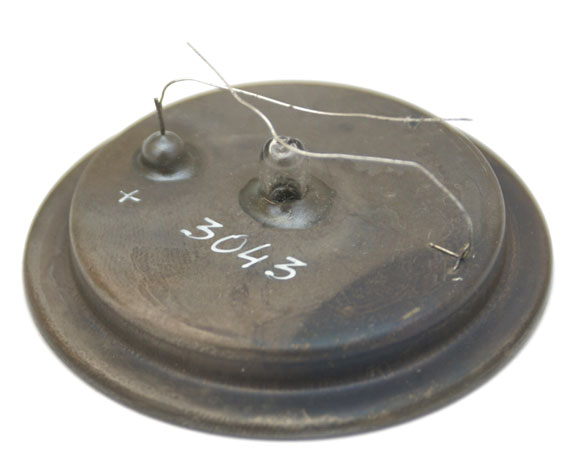 geiger-3
geiger-3
The collector with a pull up resistor of 2k2 is connected to pin2 of a 555 timer.
The 555 is set to extend the pulse to 20ms. Output pin 3 is connected to respectively inputs CD, CTS, DSR, RI of an FTDI USB converter.
The circuit is 5V fed via the laptop USB connector.
Next a Python script is scanning these inputs for coincidenses. Once every hour a second script is uploading the 3 beam data to the website.
Plotting a 24H result for 3 beams is given next.
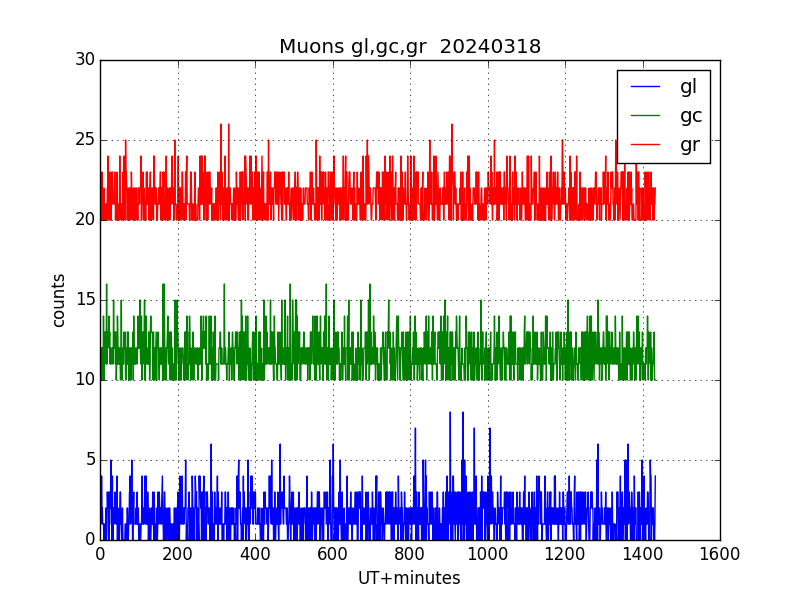
Fig.1 - Beams left, central, right for 18 March 2024
We can try to combine the beams to see if there are enhancements on thesame time.
In the next plot we multiplied the 3 beams.
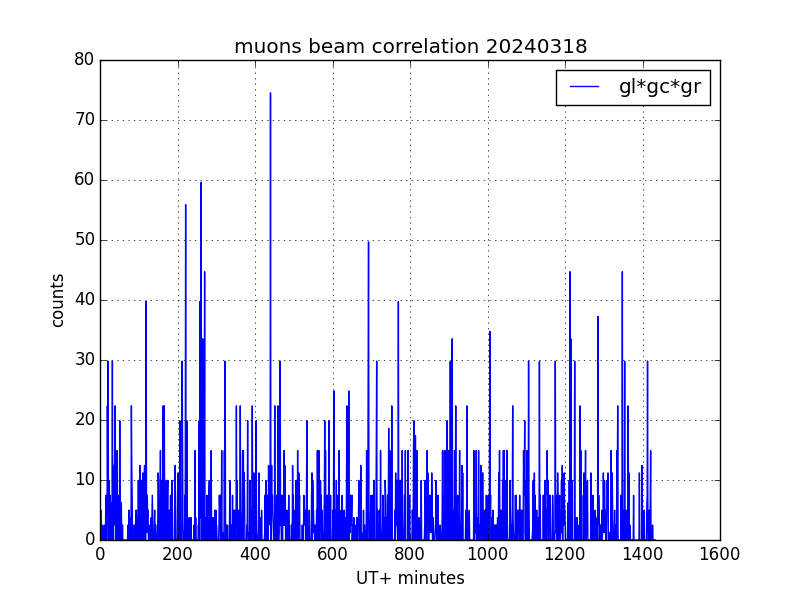
Fig.2 - Beams left, central, right correlated for 18 March 2024
Now we see solitairy peaks and a group of peaks. When zooming in we see a cadance of peaks, and this could be an airshower (at UTC+261 minutes).
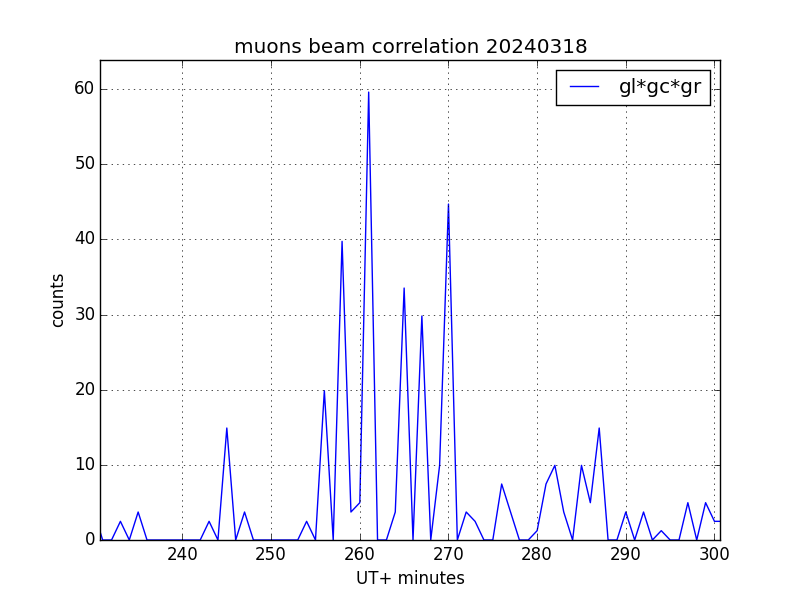
Fig.3 - Beams left, central, right correlated and zoom for 18 March 2024
Another day result can be seen in fig 5,6,7. It looks like there is a airshower burst at UTC + 520 minutes (UTC 08:40).
A discription of air shower bursts can be found here. Air shower bursts - Wikipedia
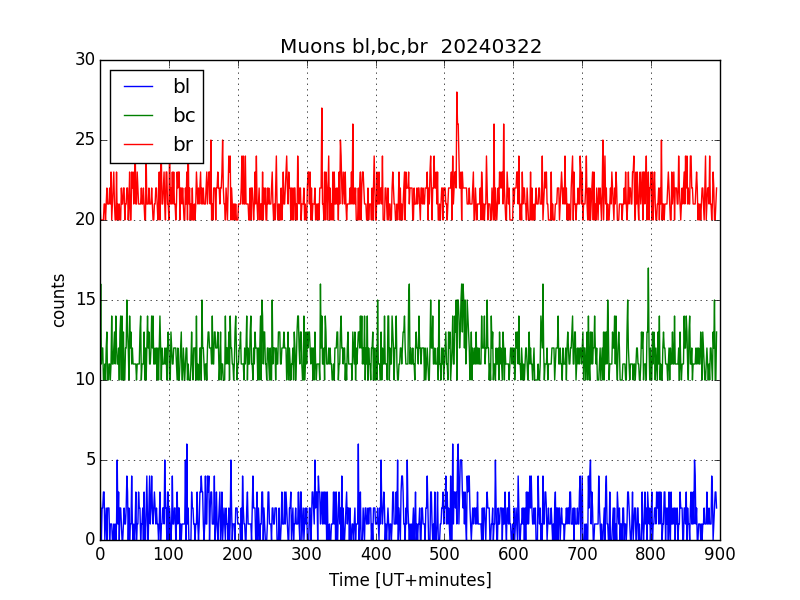 Fig.5; 3 beams
Fig.5; 3 beams
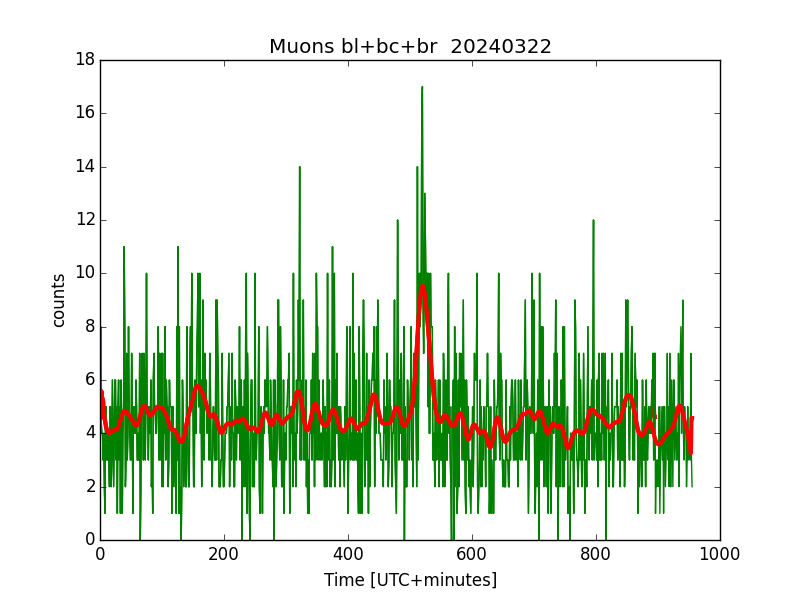 Fig.6; sum 3 beams
Fig.6; sum 3 beams
 Fig.7; correlate 3 beams
Fig.7; correlate 3 beams
Update.
The geiger sensors are re-arranged; there are now two identical boxes with each 2 pancake geiger sensors.
The boxes are seperated 120cm in the vertical/zenith direction.
In this way 4 beams are created in east west direction with each a beam width of 4 degrees.
Each individual beam muon coincident count is logged, but in the graph below the sum of all beams are given.
Not only the UT is given, but also the pointing in RA and DEC.
In this way we can detect muon production from gamma rays direct origin, but also muon production from fast protons guided by magnetic fields.
So that is why we could still detect sunblasts even when we are on the other side of the earth at that moment.
The log format is;
minute number, date-time (UT),A,B,C,D,RA,DEC
where
A= 4 degree beam west central: counts/min/15^2cm
B= 4 degree beam east central: counts/min/15^2cm
C= 4 degree beam west: counts/min/15^2cm
D= 4 degree beam east: counts/min/15^2cm
RA=Right Ascension
DEC=Declination
A log file example can be found here
log file example
Log file download info can be given on request.
The system is fully automated.
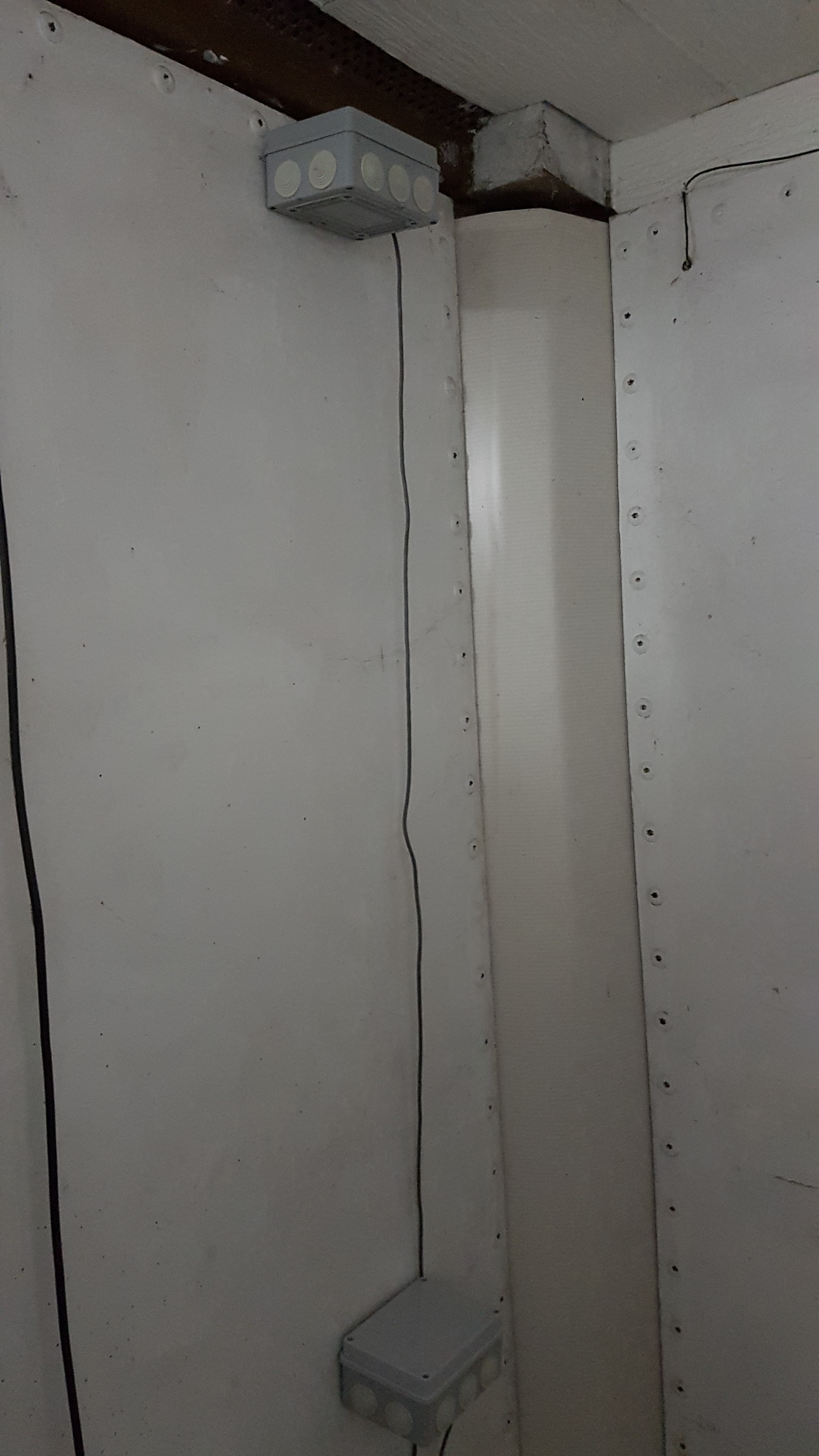
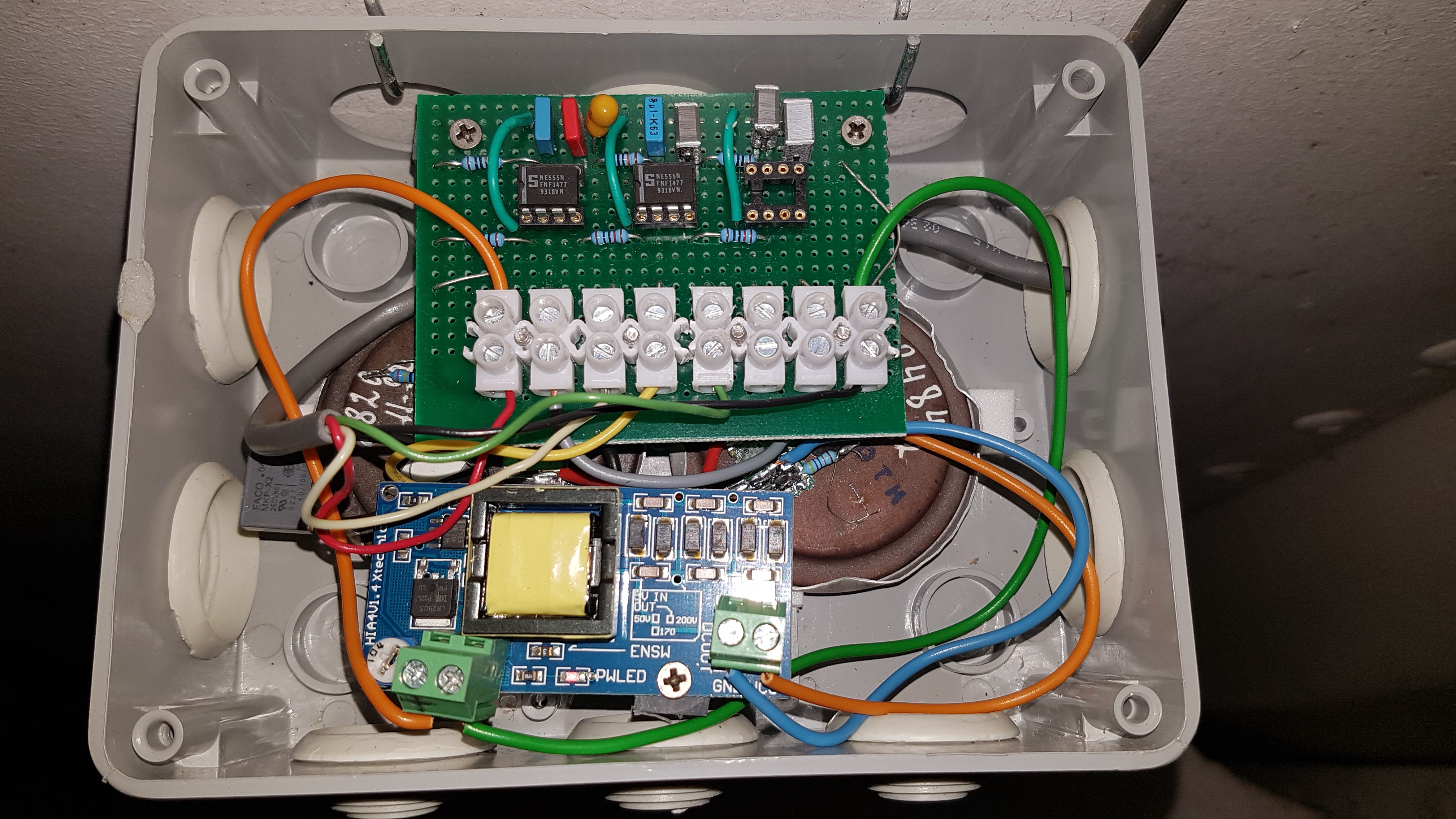
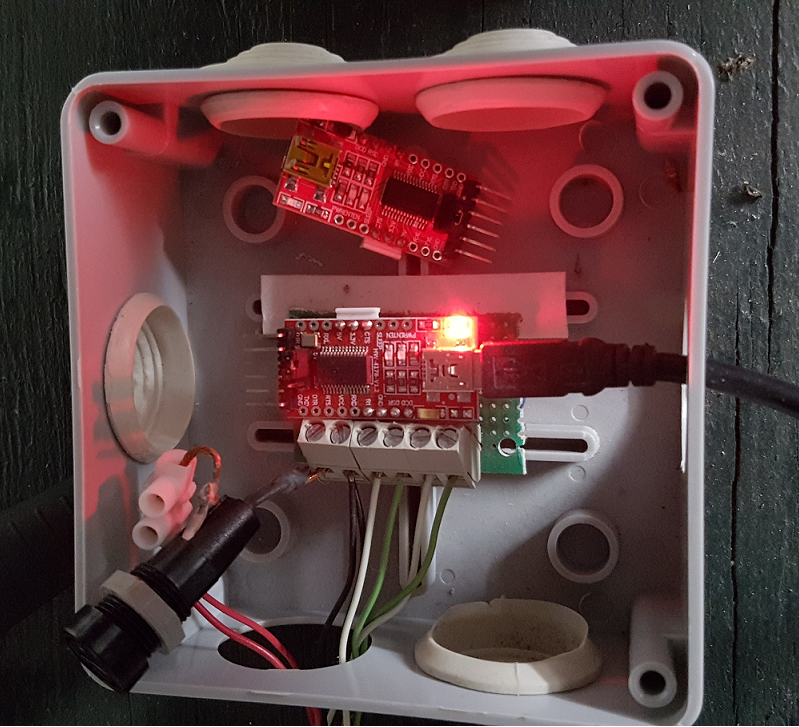
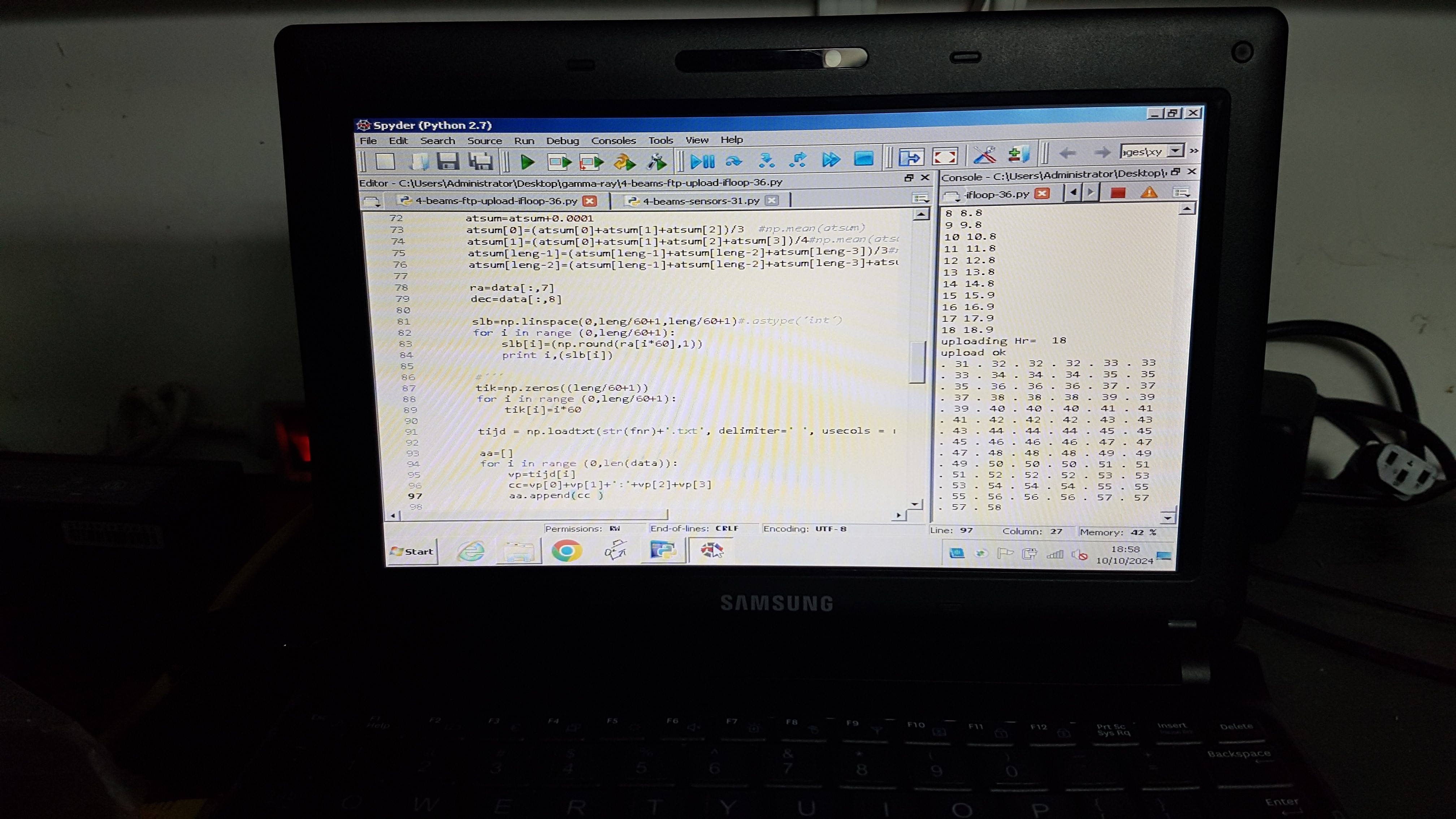
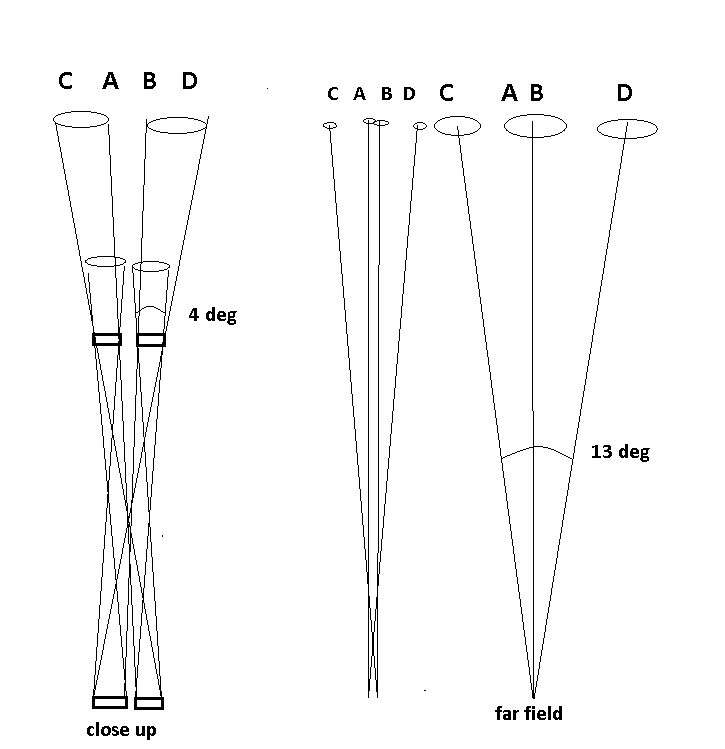
Finally here is the daily hourly plot. Use Ctrl+F5 to refresh.

Fig.8 - Hourly updated plot of muon impact
The sun can also eject high velocity protons and other particles during fierce eruptions and so produce a higher amount of muons. This can be checked by looking at the data from the GEOS satellites which are observing the sun.
Solar proton flux data can be found here.
solar proton flux
Solar x-ray flux data can be found here.
solar x-ray flux
More papers to read.
Grupen C. Astroparticle Physics (Springer 2005)(448s)_PGrc_.pdf
galactic-plane-cygnus--0505335.pdf
Augusto_2015_ApJ_805_69.pdf
ghia.pdf
Next on the 'todo' list are detection of solar bursts, milky way, and moon shadow.
Michiel Klaassen March/October 2024